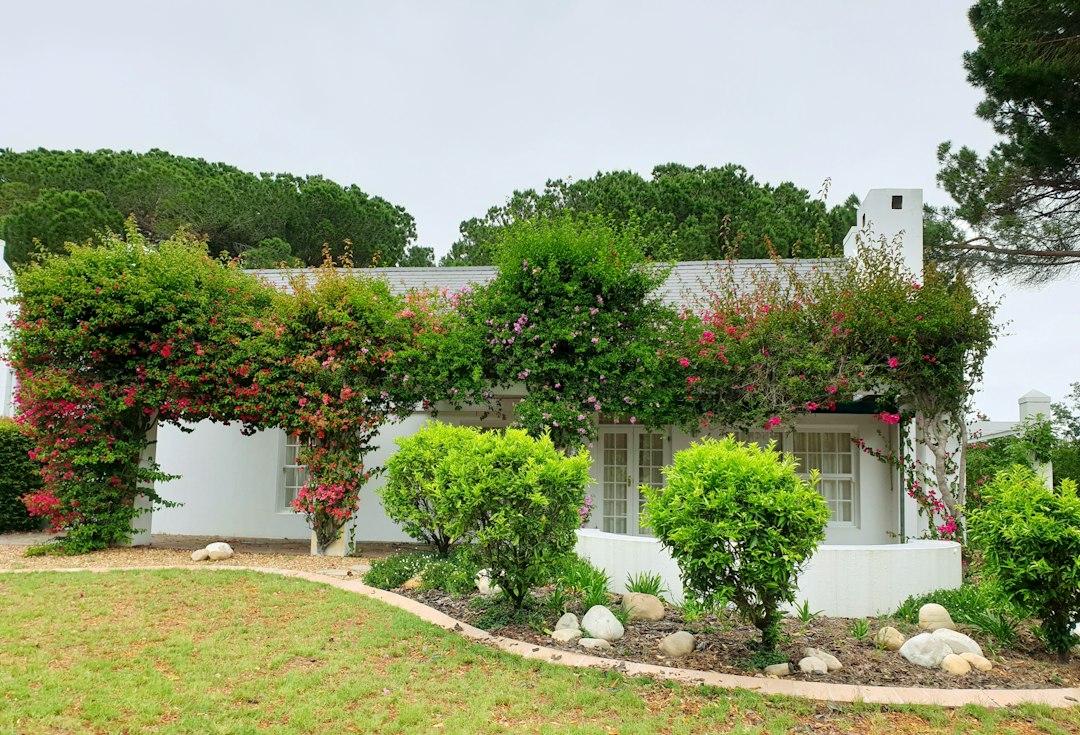Discovering the Art of Espalier: Training Trees for Small Spaces
When it comes to gardening in small spaces, it’s all about making the most out of every inch. Even if you only have a tiny balcony or a postage stamp-sized yard, there are still ways to introduce the beauty and benefits of trees into your outdoor living space. One such technique is espalier, an ancient horticultural practice that involves training trees to grow flat against a wall or trellis.
Espalier is not only a practical solution for limited spaces; it is also an art form that has been practiced for centuries. In fact, the art of espalier originated centuries ago in ancient Rome and has since been refined and passed down through generations of gardeners. Today, it is a popular technique embraced by gardeners and landscape designers around the world.
One of the primary advantages of espalier is its ability to maximize space. By training a tree to grow flat, it takes up significantly less room than a traditional tree with a spread crown. This means that even the smallest of spaces can accommodate a variety of trees, from fruit-bearing species like apple, pear, and fig trees to stunning ornamentals like camellias and wisterias.
Another benefit of espalier is its aesthetic appeal. When properly executed, a trained tree can become a living piece of art – an intricate, sculptural focal point that adds charm and character to any garden. Just imagine the graceful curves and patterns created by the branches, beautifully framing a doorway or accentuating a plain wall. With careful pruning and training, the possibilities for creating unique designs are endless.
To get started with espalier, it is important to choose the right tree and provide the necessary support structure. While almost any tree can be trained, some species are more suitable than others. Apples, pears, and stone fruits like cherries and plums are popular choices for fruit production, while ornamental trees like magnolias, dogwoods, and camellias are favored for their visual appeal.
Once you have selected your desired tree, it’s time to create a framework for it to be trained against. This can be as simple as attaching wires to a wall or constructing a wooden lattice. The key is to think ahead and plan the design you want to achieve. Remember that different patterns require different supporting structures, so choose one that will accommodate your desired shape.
After the support structure is in place, the next step is to start training the tree. This process involves carefully tying and pruning the branches to encourage them to grow in the desired direction. It requires patience and perseverance, as it may take several growing seasons to achieve the desired shape. Regular maintenance, including pruning and tying, is essential to ensure the proper development of the trained tree.
Apart from its aesthetic advantages, espaliered trees provide practical benefits as well. By being trained flat against a wall or trellis, they enjoy better air circulation and sunlight exposure, resulting in increased fruit production and disease resistance. Moreover, they are easier to care for and harvest from, as the branches are more accessible and at a convenient height.
In conclusion, espalier is a fascinating and rewarding technique for training trees in small spaces. Whether you want to add fruit trees or ornamentals to your garden, espalier allows you to make the most of limited space while creating a stunning visual display. From adding beauty and charm to maximizing fruit production, embracing the art of espalier is a way to transform a small outdoor space into a lush and vibrant oasis. So why not give it a try and unlock the potential of your garden?

